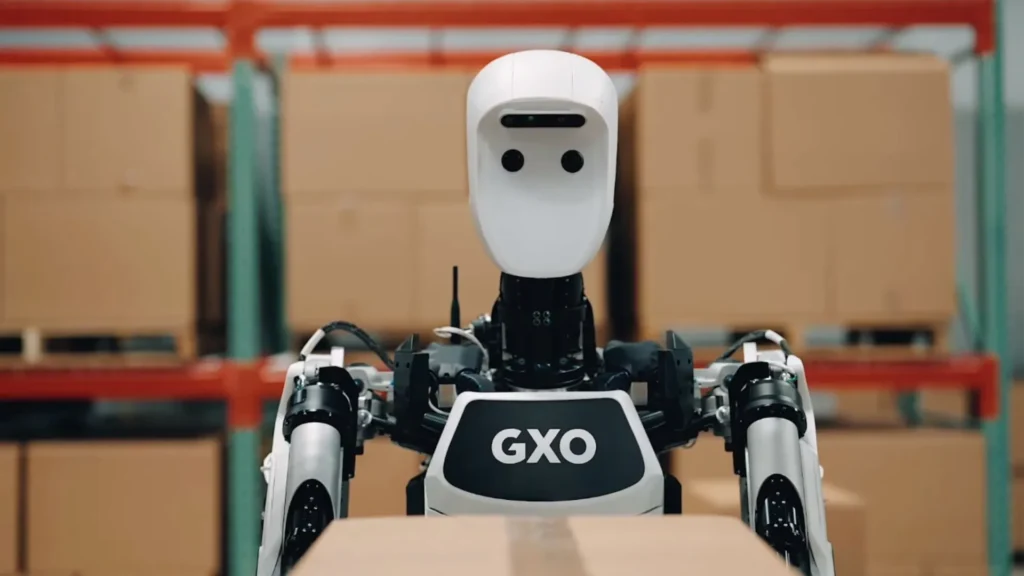
Apollo Robot Under Review by Apptronik & GXO for Warehouse Roles
Apptronik announced the integration of Apollo with NVIDIA's base model, for robot learning.

Apptronik announced the integration of Apollo with NVIDIA's base model, for robot learning.
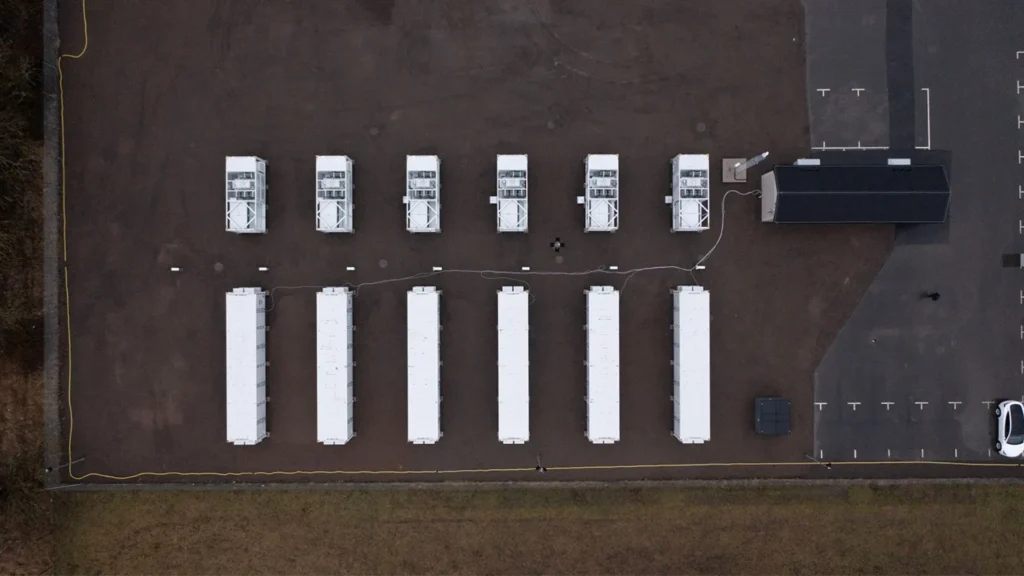
This solution provides essential ancillary services to stabilize Landskrona Energi's network.
The Pixelbot 3000 can convert a 1024 x 1024 pixel AI-generated image into a 32 x 32 grid LEGO tile, using only 15 colors of bricks.
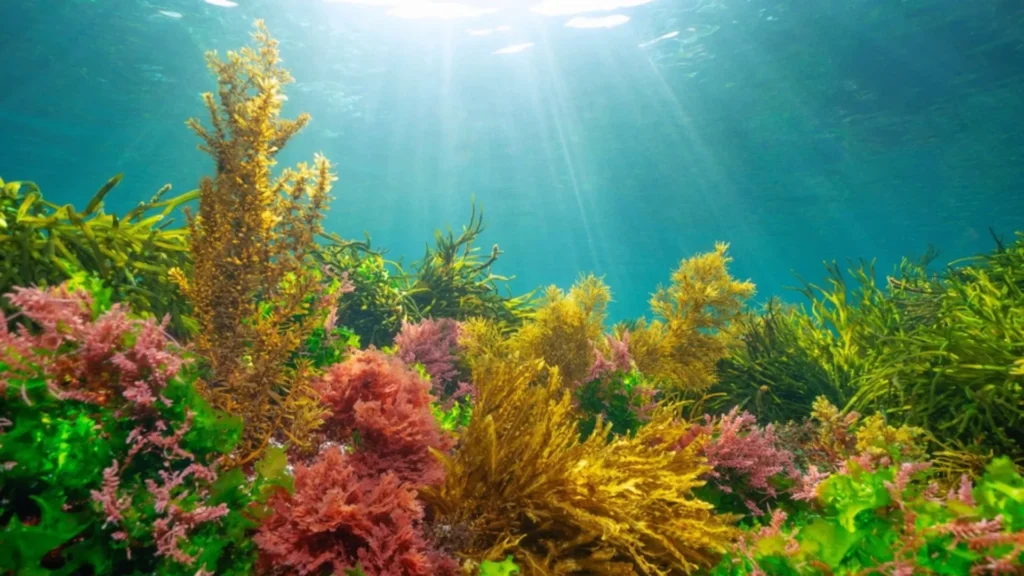
The photosynthetic energy microcell technology can generate electricity continuously, even without direct sunlight, thanks to the algae's constant respiration.
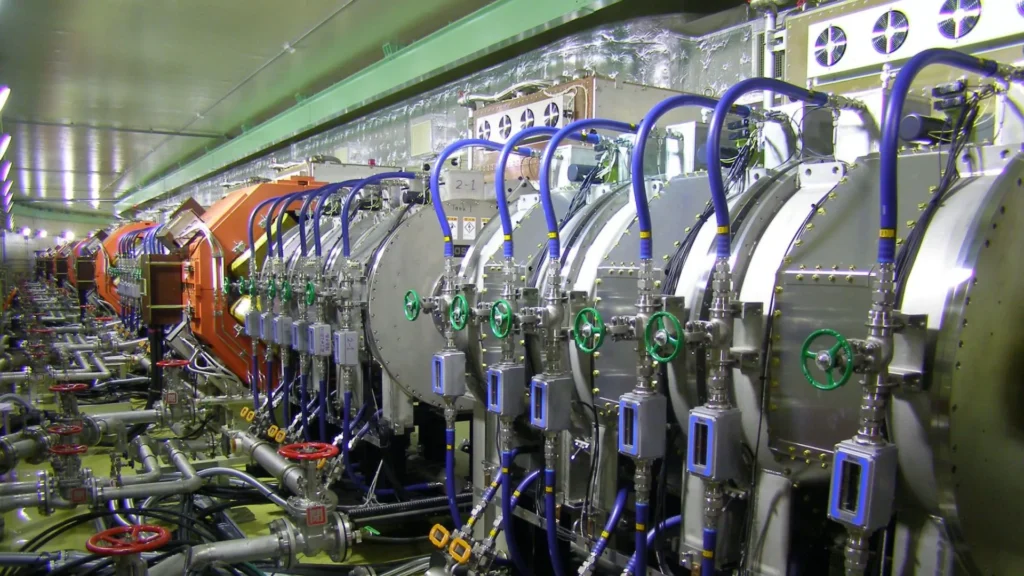
Researchers study the use of free electron lasers (FEL) from particle accelerators for chip fabrication.
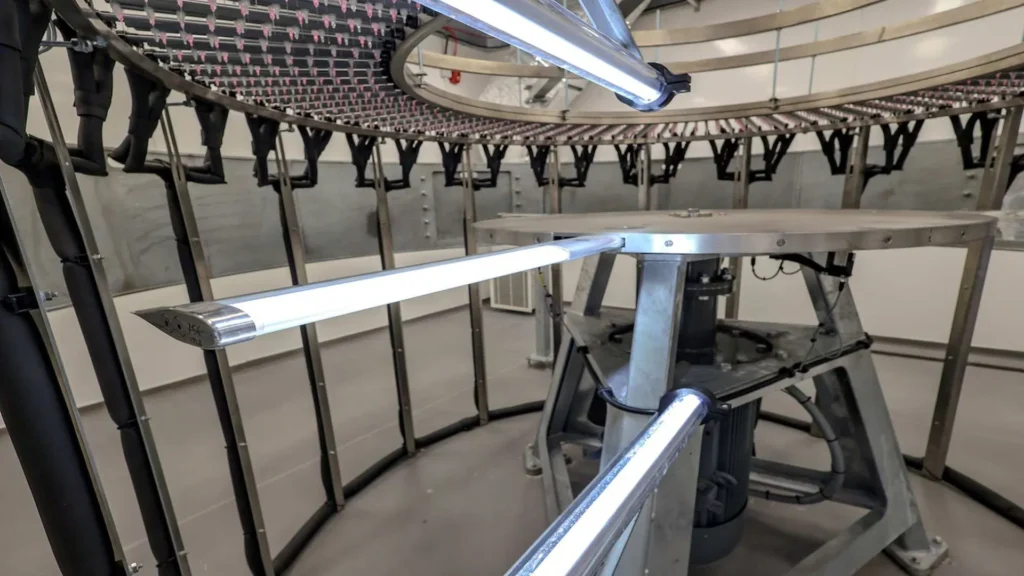
The test "helicopter" can operate at an impressive speed of 176 m/s.
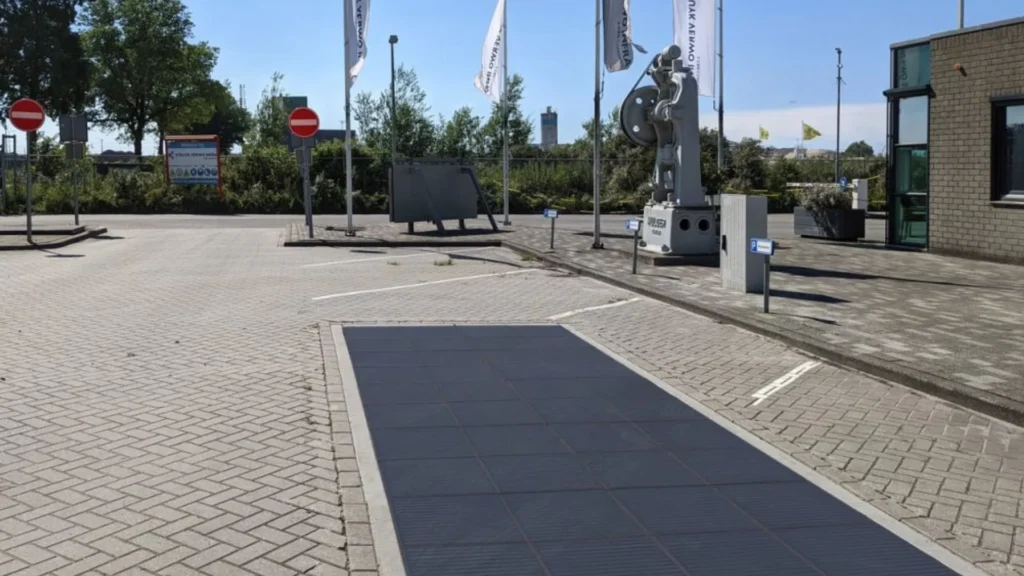
Arena solar flooring is capable of generating electricity, supports vehicular weight and has anti-slip properties.
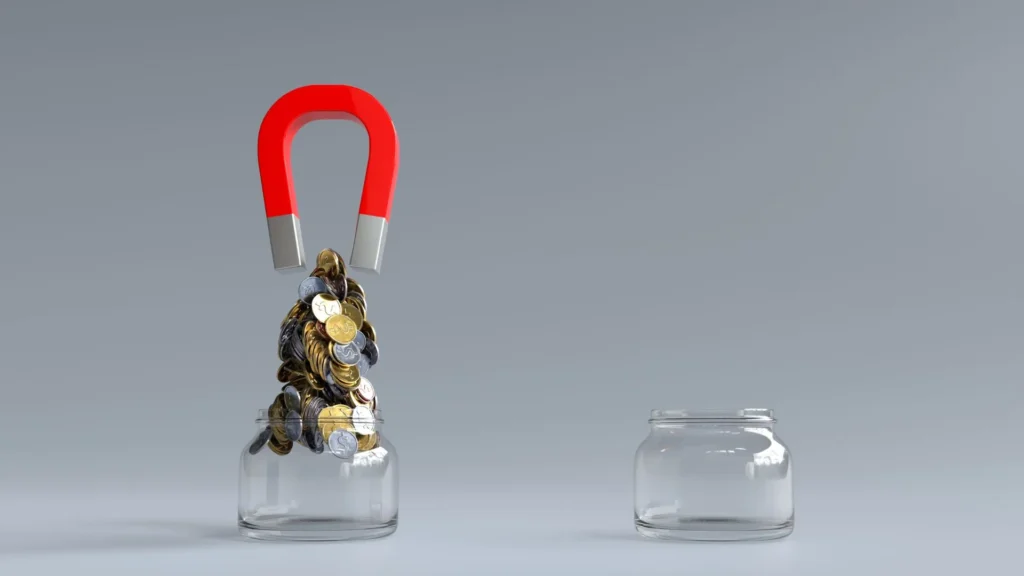
MagNex was produced in only 20% of the material cost and 200 times faster than conventional methods.
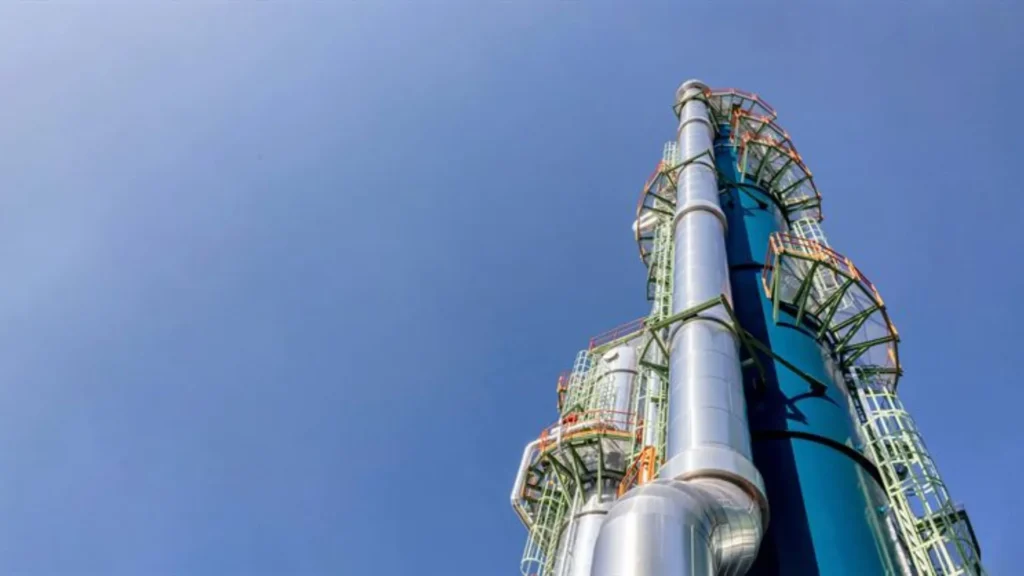
SLB would pay approximately $379.4 million to acquire 80% of Aker Carbon Capture Holding.
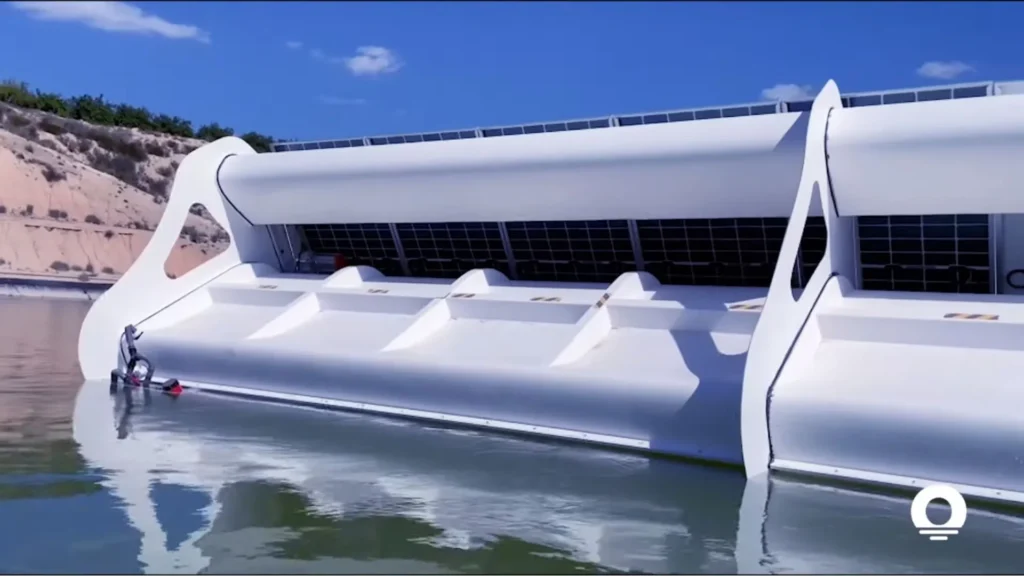
Flotus includes the ability to use bifacial panels and take advantage of the cooling effect of water.
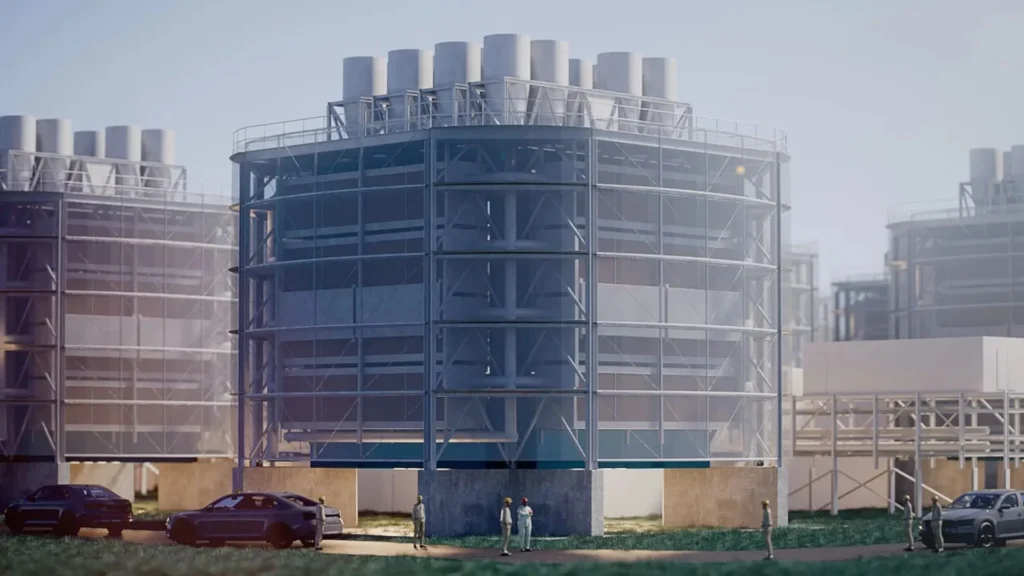
The new Generation 3 materials consume half the energy and are designed to last three times longer than previous materials.
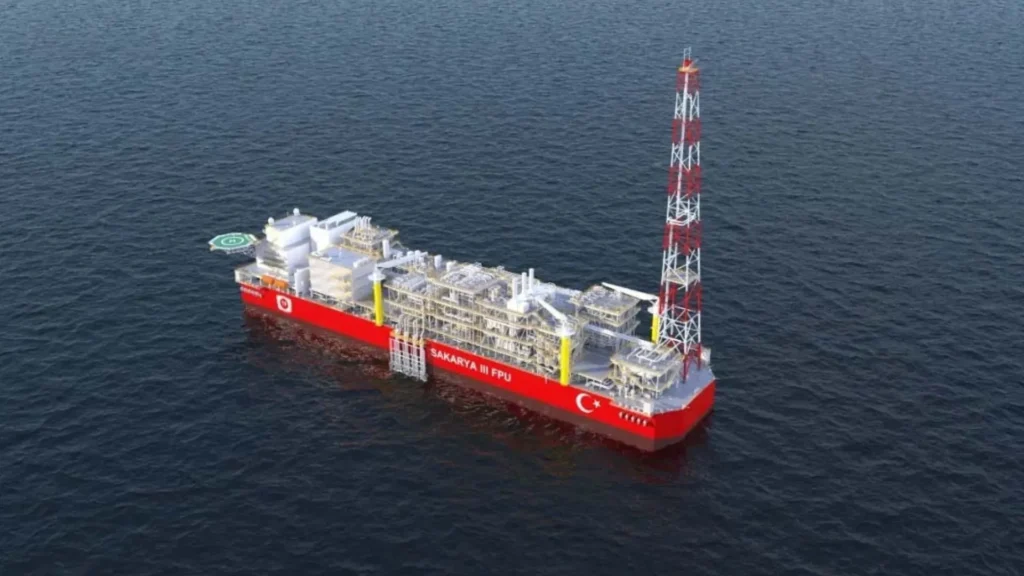
The Chinese government's decision is based on a national plan implemented in November 2023.